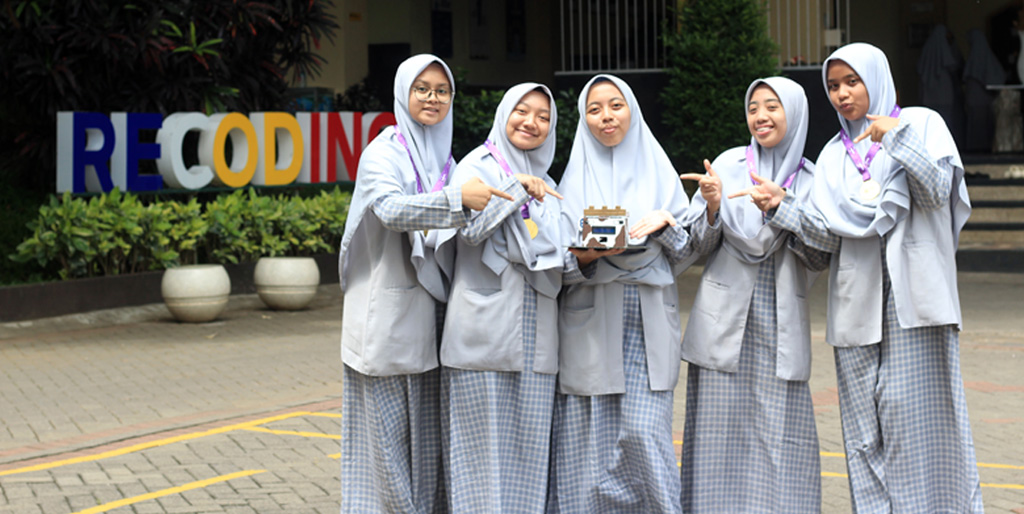Thursina IIBS Students Strikes Gold at I2ASPO with Innovative Non-Invasive Cholesterol Detector Device
Five Thursina International Islamic Boarding School (IIBS) student carved an outstanding accomplishment at the Indonesia International Applied Science Project Olympian (I2ASPO) organized by the Sepuluh November Institute (ITS) on December 19-22 2023.
This incredible feat was achieved by Anindya Nur Syafisa Asfahani, Gladys Myisha Akilah, Nadhifa Bilhaq, Q. Niza Kamilia Pasha, and Vicky Amellya Putri. The five claimed the gold medal at the prestigious competition after competing alongside 500 other teams from all over the world with the paper titled Sweet Choco (Sugar and Cholesterol Control): Glucose and Cholesterol Detector using Non-invasive Method based on Arduino Nano 33 IoT Microcontroller.
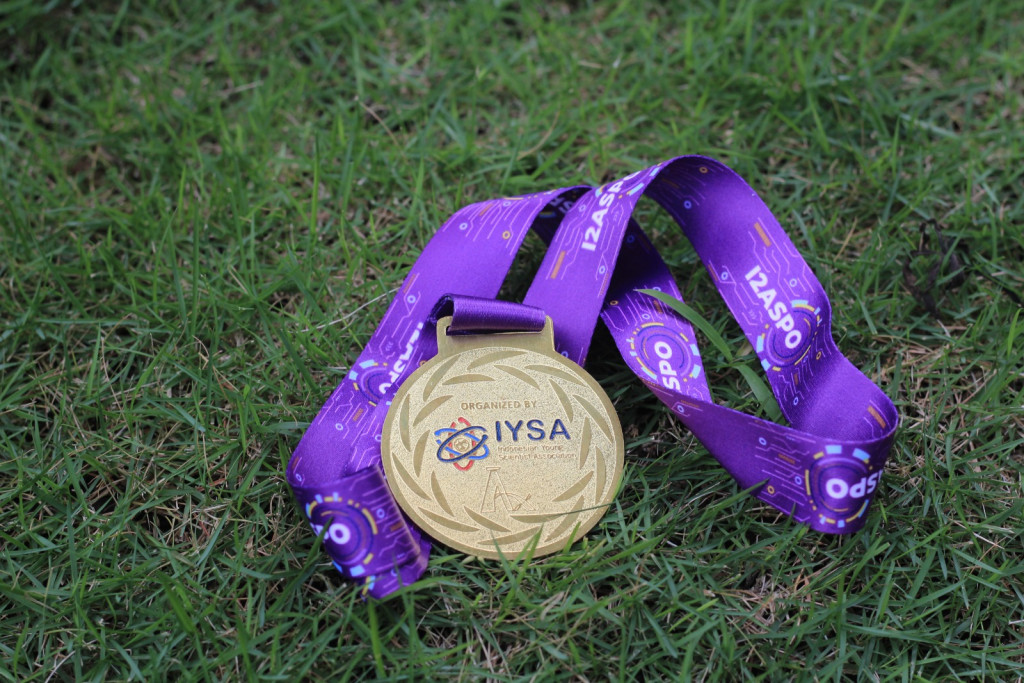
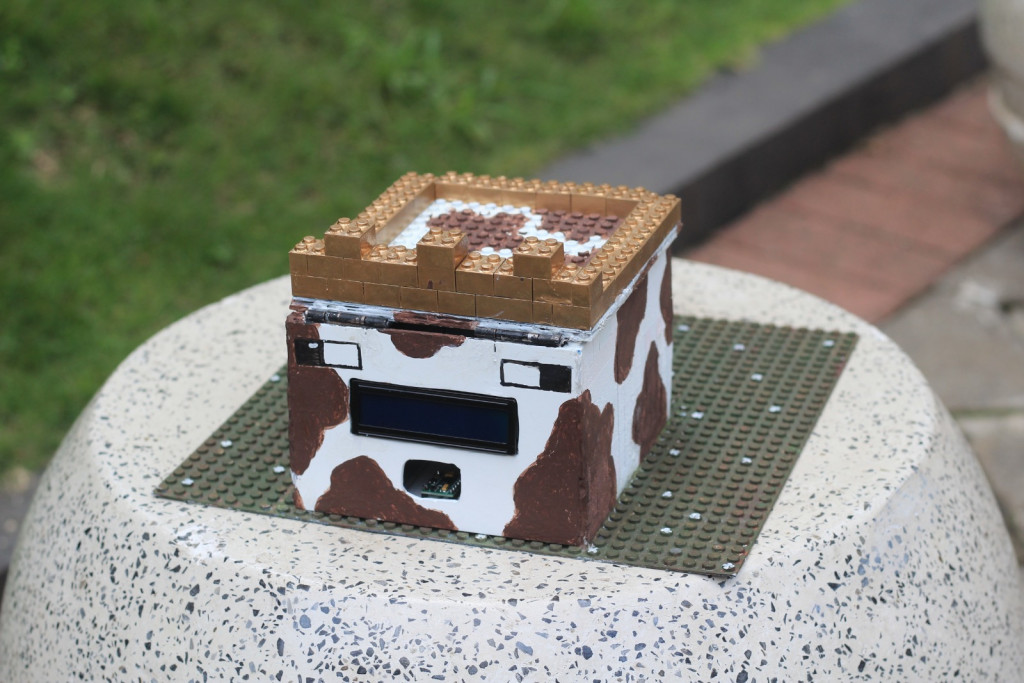
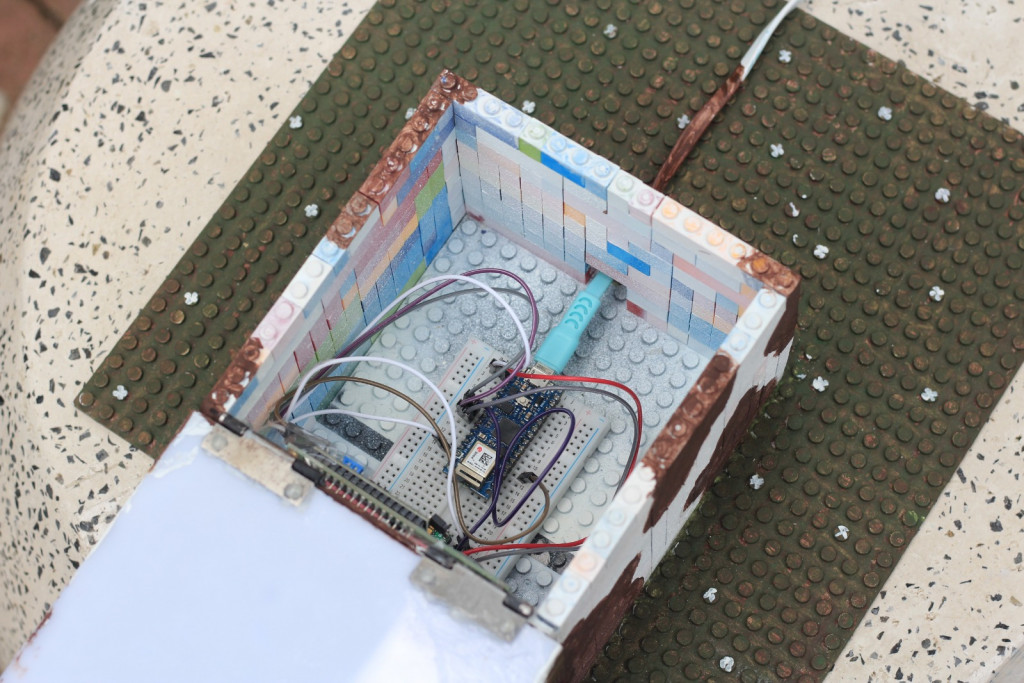
This competition provided participants the opportunity to showcase their ideas and innovation across a wide range of applied science fields at an exhibit. Projects that particularly captured attention happened to be the research on the development of medical technologies that could help people monitor their cholesterol and blood sugar levels.
Thursina IIBS students, by further developing a published research, successfully designed a device that can detect cholesterol and blood sugar level using a non-invasive technique. This innovative device is designed to enable continuous monitoring of cholesterol and blood sugar level, helping to prevent diseases caused by excess cholesterol and blood sugar.
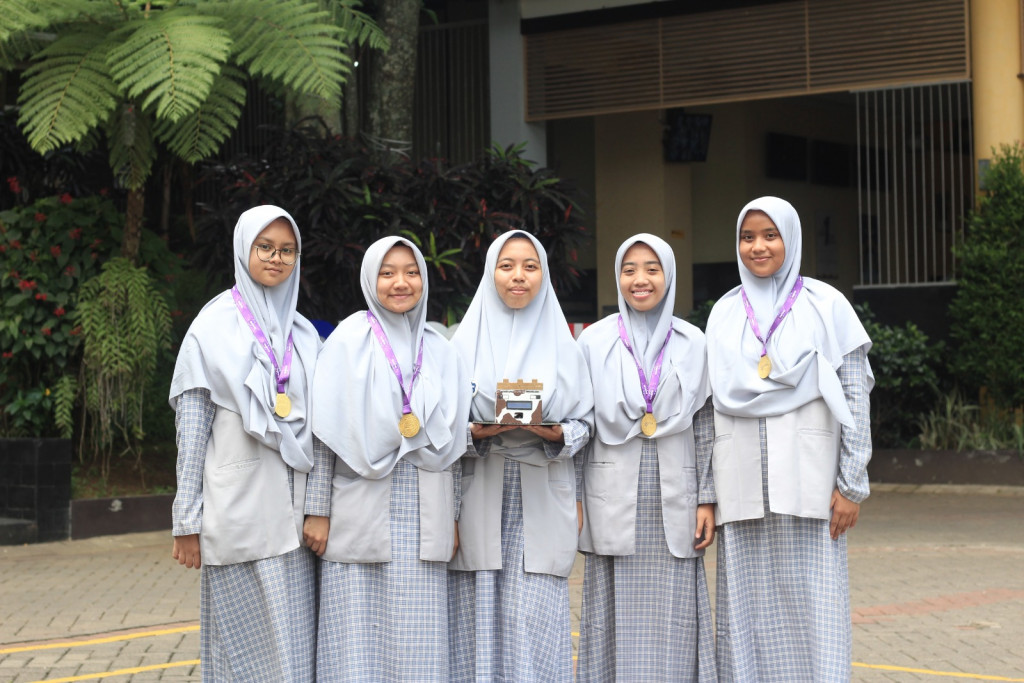
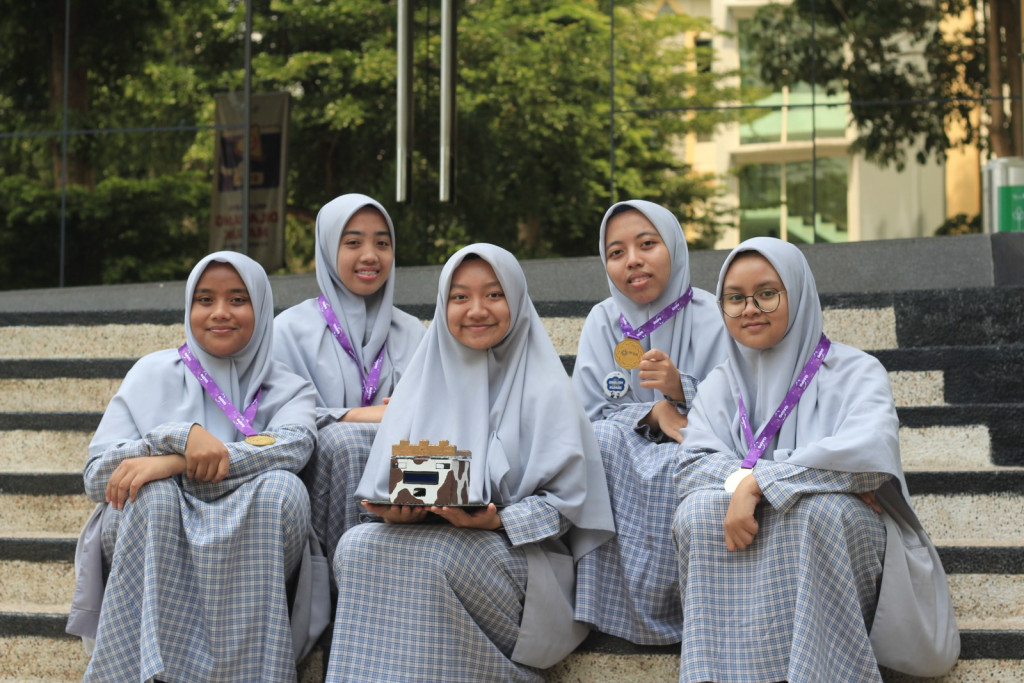
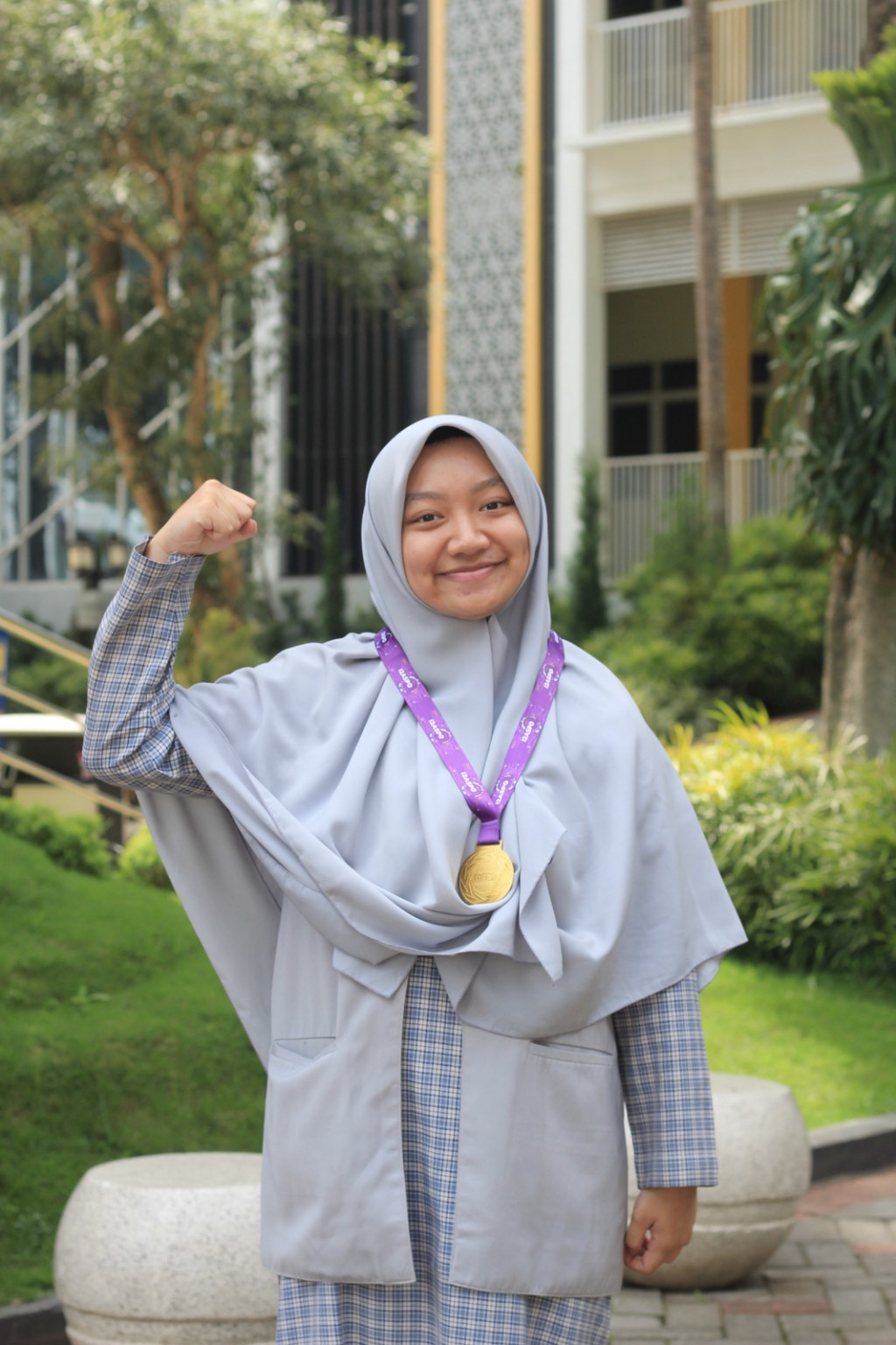
“We’ve previously done some brainstorming, observation, and trials, before eventually deciding to go forward with this device,” explained Anindya.
The device’s non-invasive measuring technique uses the optical phenomenon of blood long waves absorption in the range 750-2500 nm to detect blood sugar levels. Project implementation started with designing the hardware, including power supply circuits, infrared sensor and photodiode circuits, push buttons, and LCD. According to Niza Kamila, this device can be an alternative solution for people who are afraid of getting their blood drawn using needles.
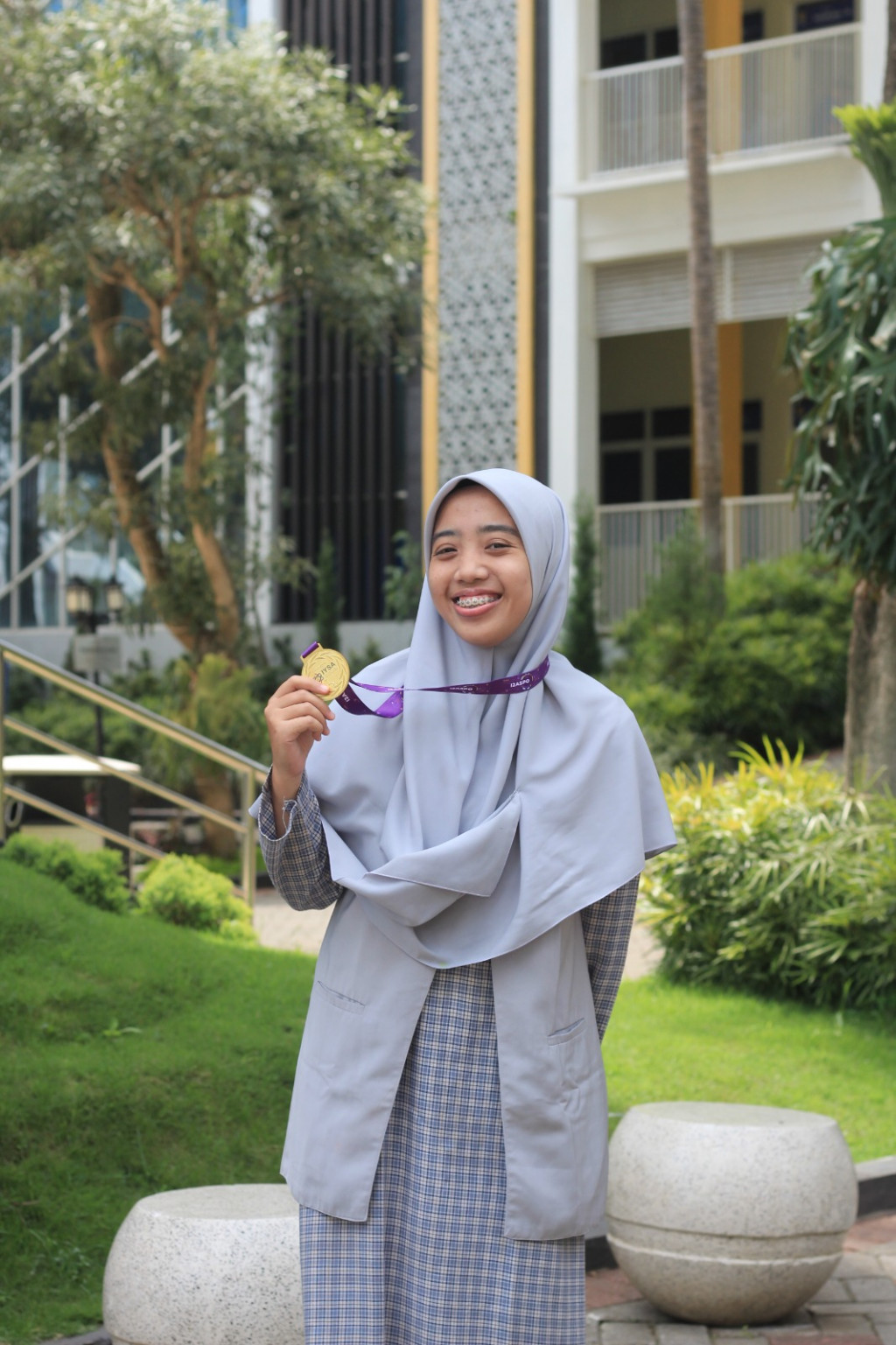
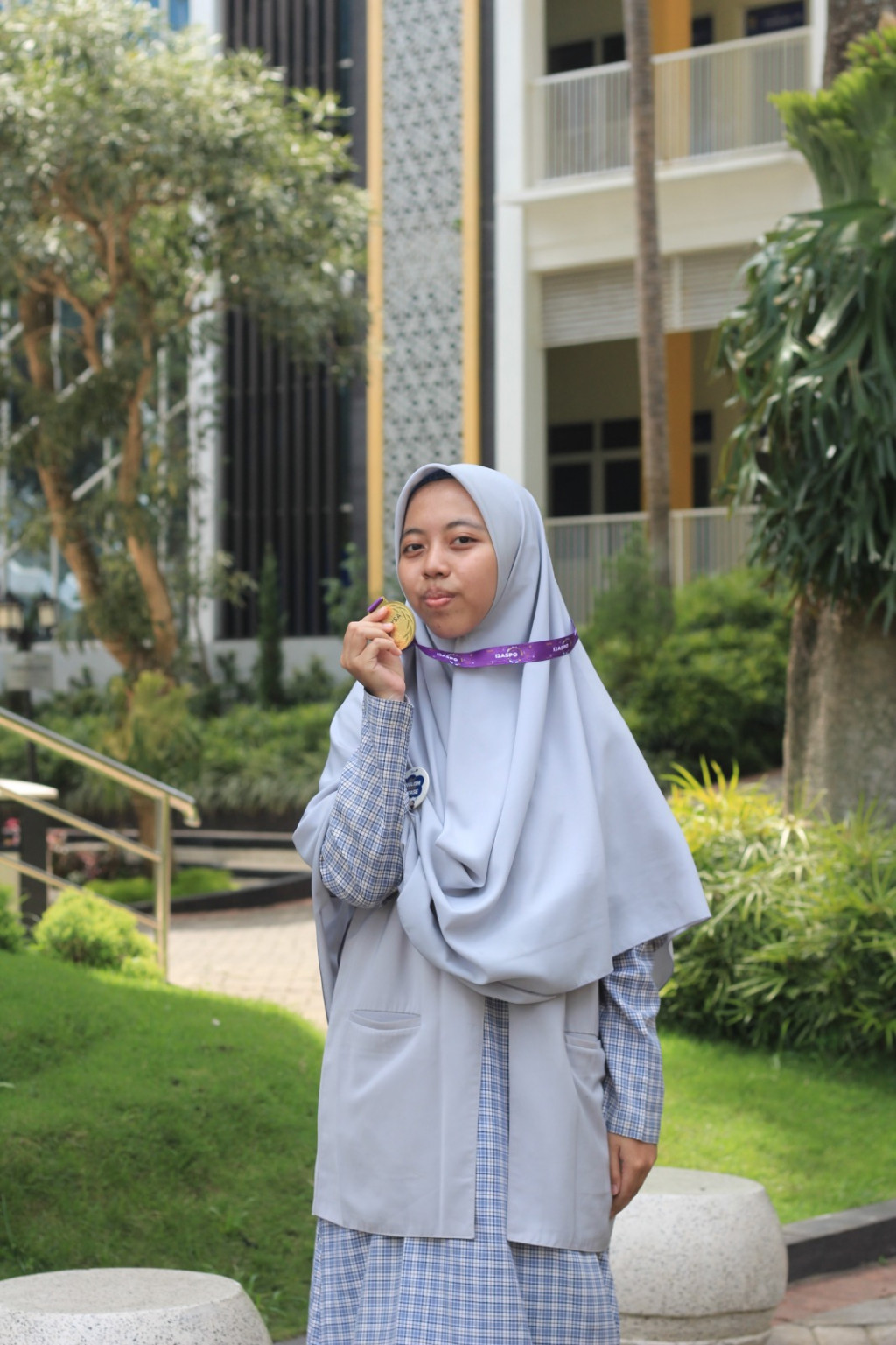
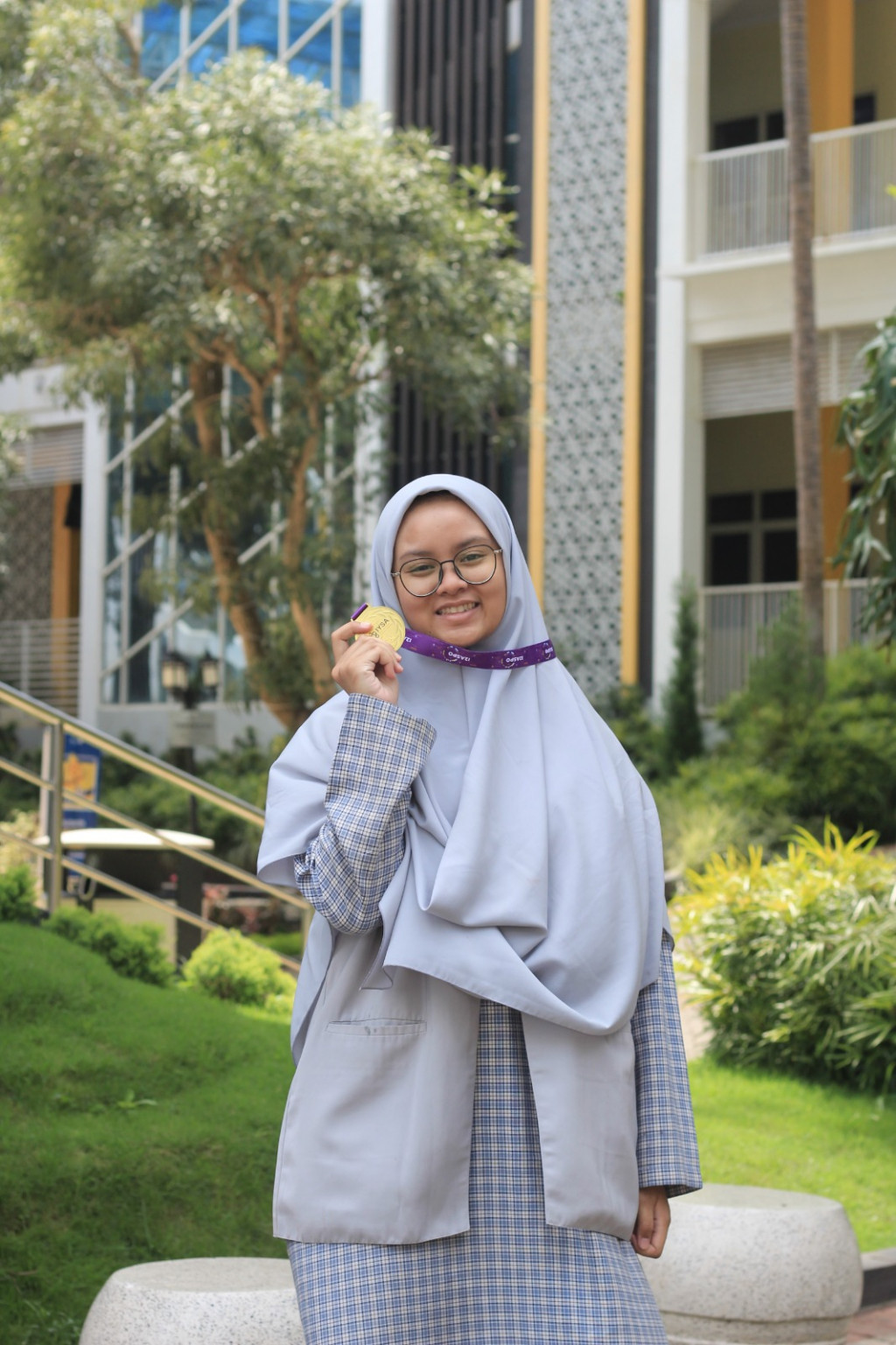
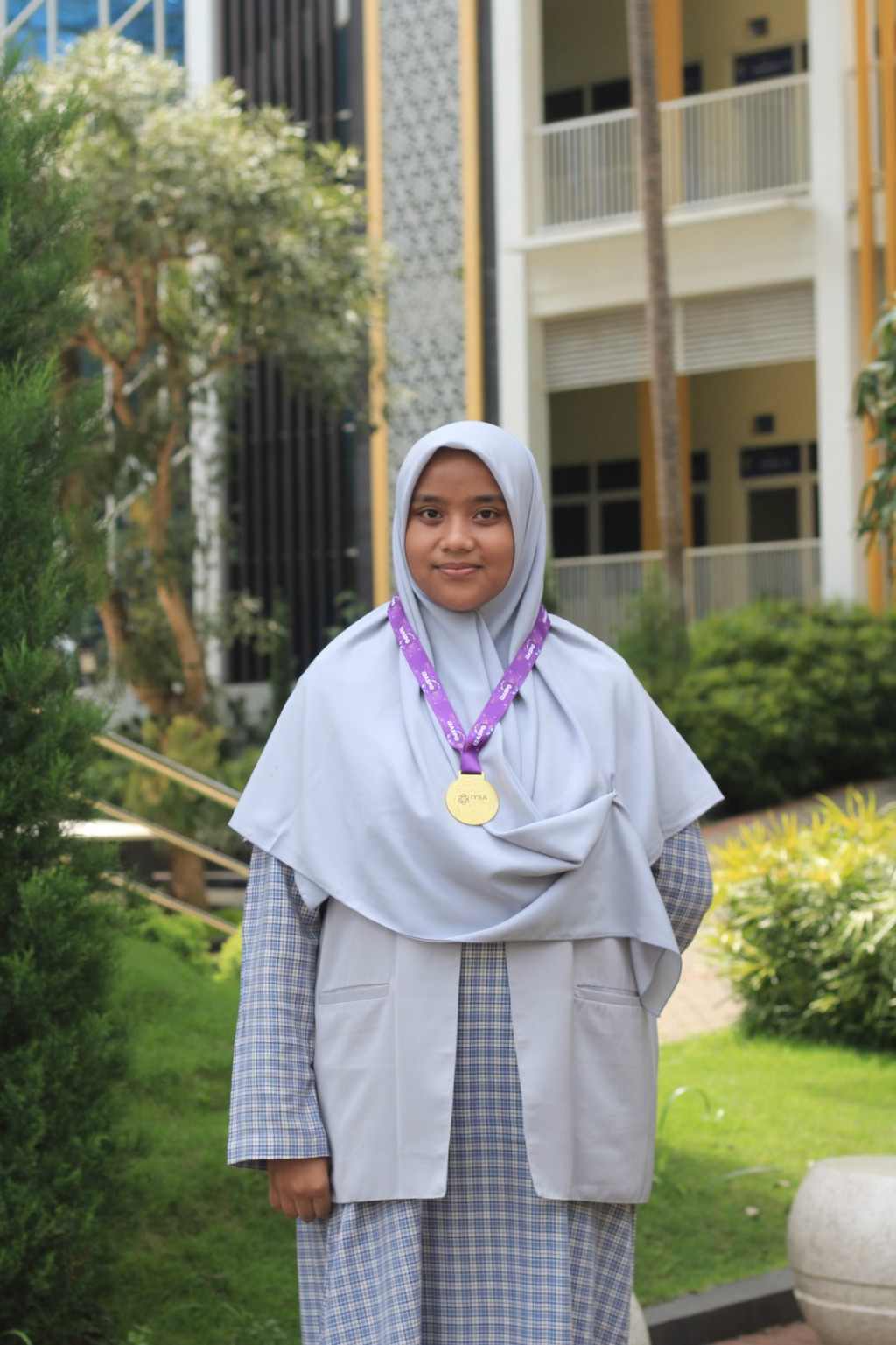
While infrared spectroscopy method was used to detect blood sugar levels, to detect blood cholesterol levels, the team used a non-invasive technique based on an Arduino Nano 33 IoT microcontroller with a DS100A oximeter sensor. This device is equipped with a Liquid Crystal Display (LCD) to display results of measurement.
"We continue to further develop this dia, right now we are starting to design its mobile application form. However, its still in the prototype stage,” revealed Niza Kamila.
